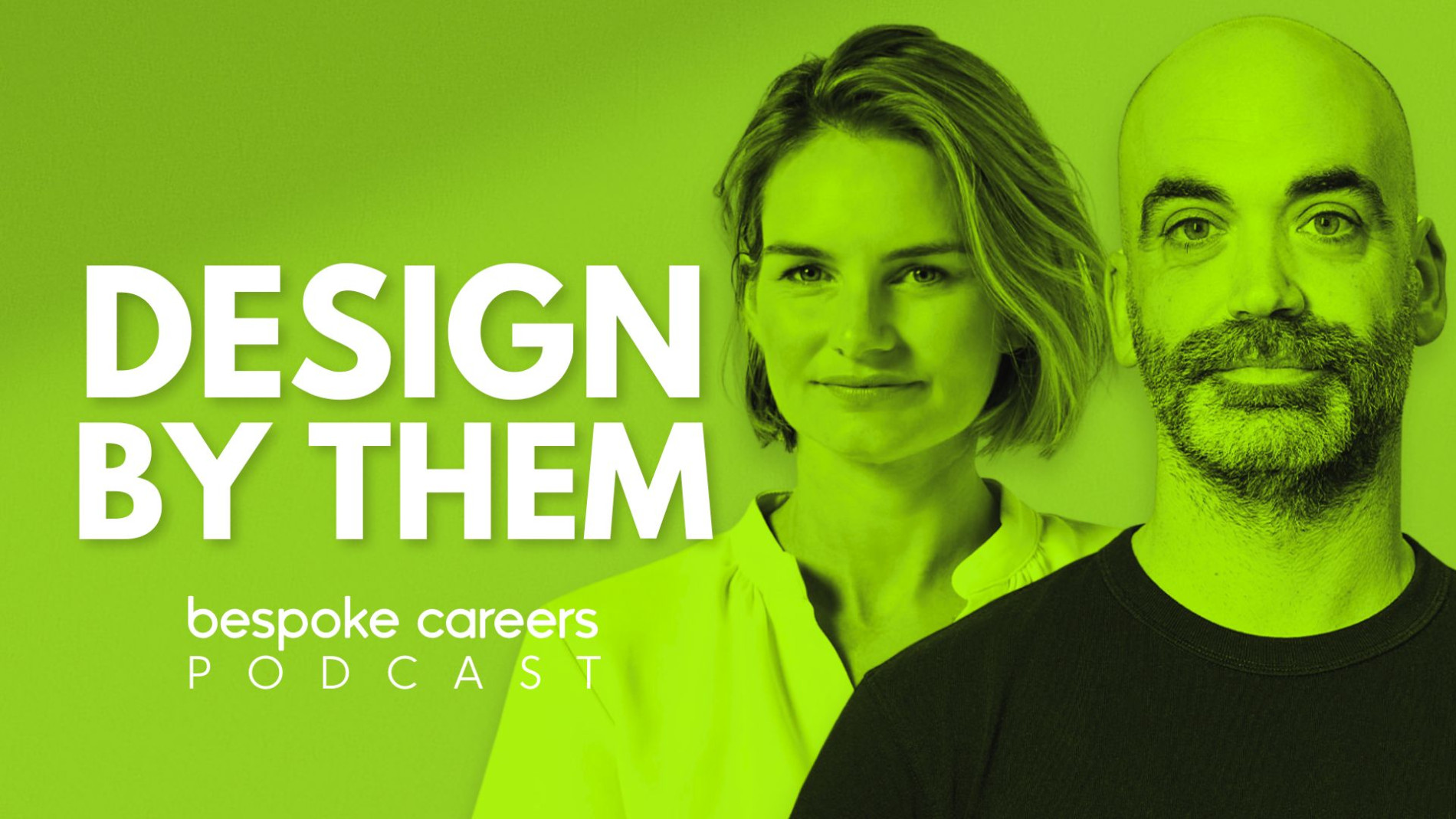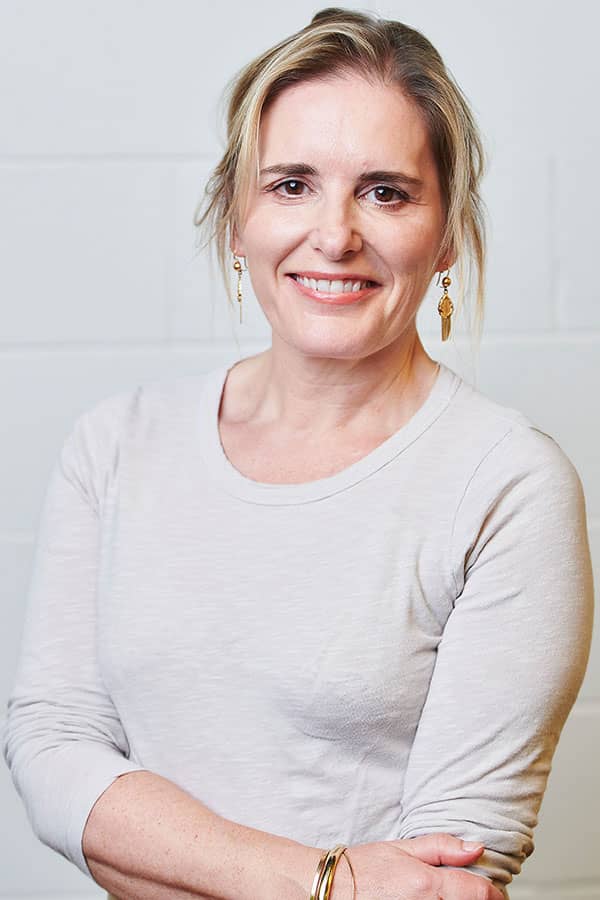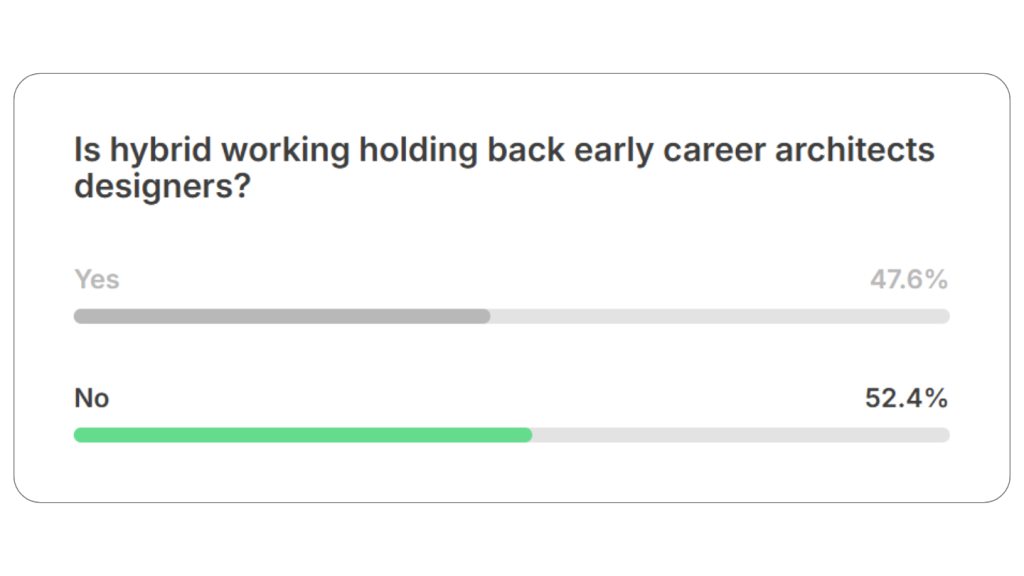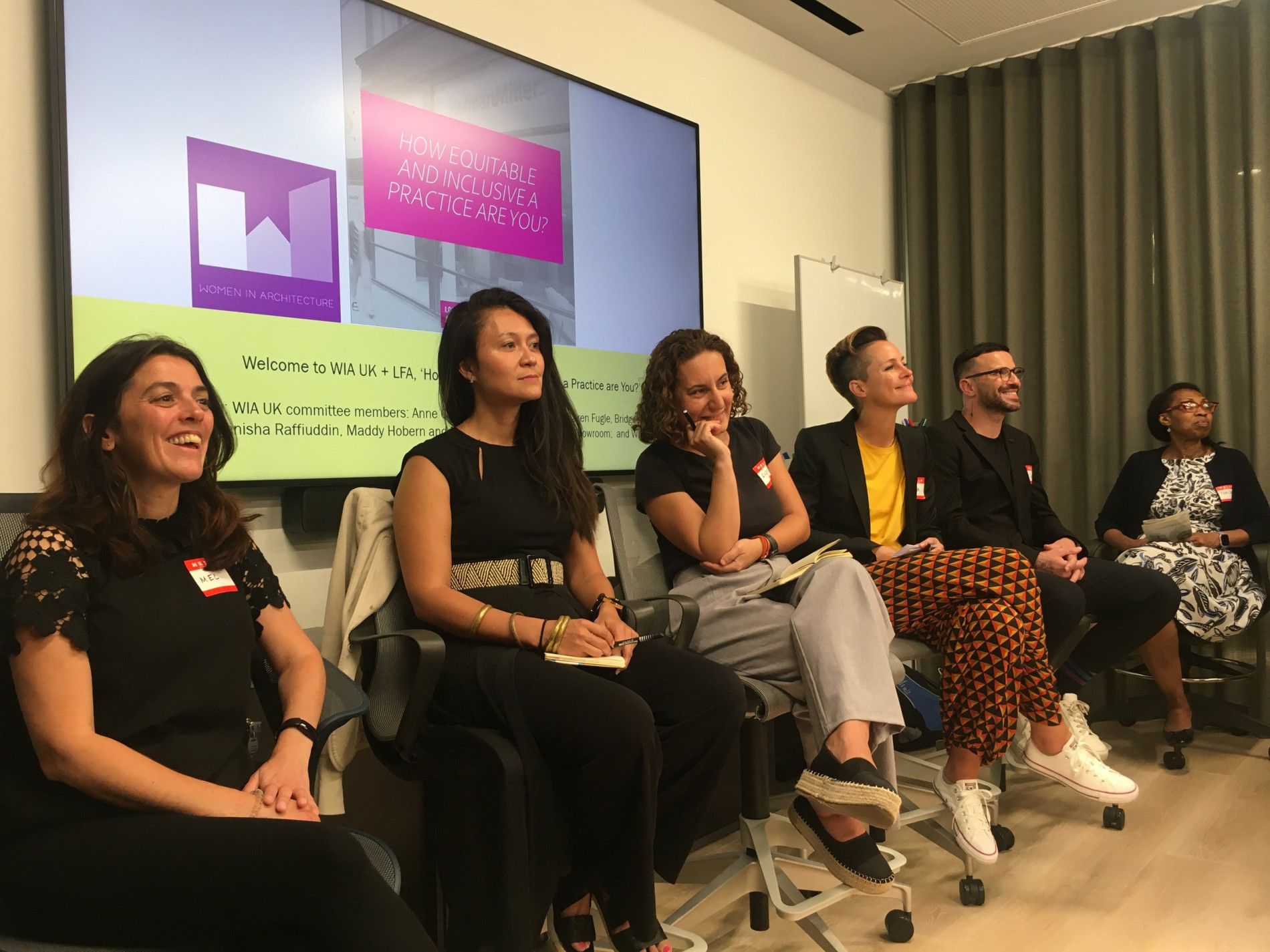
Hybrid Work: Are We Holding Back Early-Career Architects and Designers?
We asked a panel of industry leaders about the impact hybrid work is having on our industry and the people within it.
“Is hybrid/remote working holding back junior architects and designers and doing long-term damage to the industry?”
That was the question I put to 50+ global leaders in architecture and design this week. Their answers were fascinating.
The generation now entering the workforce have never experienced five-day office weeks.
Many started their careers fully remote, with little exposure to face-to-face working. For early-career architects and designers, stepping into a full studio environment has been a shock.
Learning by osmosis, building culture, and sharpening skills in real time is very different from remote collaboration.
In the last twelve months, one in five firms have increased mandatory office time, with architects and designers now spending nearly four days a week in the studio on average. But a desire for work-life balance and flexibility has emerged as the top motivator for candidates moving jobs.
Here’s what they had to say:
Steven Charlton | CEO | Founder, I/O Atelier
Yes, absolutely. Remote and hybrid models are stunting the growth of junior designers and architects. This generation urgently needs in-studio time – learning by osmosis, developing people skills, and honing the emotional intelligence and collaboration that AI simply can’t replicate.
Without that, they risk becoming technically competent but socially and professionally underdeveloped. And as AI accelerates, I’d choose a 24/7 design agent over a distant, disengaged, and socially inept mid-weight. The studio is still the best training ground for talent and for relevance.
Anna Ifanti | Chief of Staff, Egis
Hybrid and agile working options are imperative in retaining talent and enabling people of all walks of life and in all stages of their career to effectively balance their work commitments alongside their life needs.
Working full time from an office environment whilst being asked to often put in unpaid overtime has proven to be neither effective, efficient or profitable for businesses. It does not help promote job satisfaction and can often lead to talent leaving their companies.
Richard Fenne | Director, Woods Bagot
It is important that the architecture profession recognises that offering hybrid/remote working is an attractor and retainer of talent in an increasingly competitive world where students and junior designers are making career decisions based on lifestyle choices.
As a global design business we have always embraced collaborative platforms that support a design process in a hybrid environment and encourage engagement from all levels of design team members.
Joe Cliggot | Office Director, HKS
Flexibility is great. Remote work is not. Remote learning does not happen in the same informal way that it does in person. Communication and connecting in a remote setting happen primarily in structured formats.
I also have concerns about how relationships are being built with clients, contractors, and consultants. How will work be won in the future? How will quality work be executed? What are the bonds that truly tie us together?
David Minnis | Director, Edgingtons Architects
A big, emphatic YES! When I was at that level, it was invaluable to learning from peers, through one-to-one conversations or collaborative team settings. That experience can’t be replicated through poor wifi, tiny screens, or interruptions like “Oops, I’m on mute” or “Hold on, someone’s at the door.” I’m not against flexible working; it has its place.
However we are educators, shaping the next generation, we must adapt to change, but not in isolation. True progress is symbiotic, it relies on real connection, shared presence, and a collective energy. Let’s not sacrifice the power of togetherness for conveniences. If we lose that, we risk long-term damage to our profession’s strength, identity, and future talent.
John Morgan | Director, Leonard Design
you will be asking “old people” this question, who think the way we developed our career is “the right way” – Hybrid / remote will “change” the industry but I don’t think that this has to be “damage”
The world has changed and it is for us to make it work for young people – not be lazy and say it’s wrong / bad / damage – it is a tough challenge for us – we can never go back “to the way it was” now
Teresa Telander | Director of Operations, Woodhull
Not necessarily. A go-getter in a supportive work environment will thrive and grow, if the following needs are met:
- Young designers must have frequent contact and collaboration with their peers and supervisors. A hybrid solution is easier to manage than a full remote solution.
- Young designers must be self-driven to figure things out, encouraged to do so, and also empowered to speak up when they are stuck.
Creating a successful hybrid environment requires more effort on the company’s end. If the company isn’t up for this challenge, it won’t work.
Jeames Hanley | Digital Technologies Lead, Buchan
It depends on the individual and the business. Im a huge believer in remote work but its only successful with a deep culture centered around trust and support. weekly check ins, company-wide online and in person events, L+D opportunities and more. All employees should have access to the same opportunities regardless of their geographic location.
Philip Gillard | Managing Director, Arquitectonica
Holding back junior architects? Potentially yes but also a great opportunity to learn independent skills to compensate for any loss in mentorship that being in the office might provide.
Long term damage? No, the industry is evolving with a completely different generational set of requirements and the reality of hybrid working is just one small part of it.
Magnus Strom | Founder and Creative Director, Strom Architects
Absolutely.
Younger architects need to be in the studio to learn, and the senior staff need to be there to mentor them. As a business owner i walk past computer screen on my way in and out, and when getting a coffee. It is rare I do that without engaging with the architects, which then leads to discussions and informal project reviews, and this ultimately moves projects forward in the right direction.
It’s an illusion that productivity etc. goes up when people work from home. Staff go off on tangents and down rabbit holes, only for the work to be redone.
Ben Lee | Senior Project Architect, Corgan
Yes for holding back junior architects, no for long term damage. Let’s reframe the question: “would in-person work help careers for junior designers and architects?” And the answer is Yes! This is because as a young designer based on the nature of more singular creative tasks. As such you’d want to be around other colleagues who can help guide solutions and foster better solutions. More importantly showing up helps you get noticed.
Not being there isn’t doing long-term damage though, it does help to have some flexibility.
Results of our poll
What should we ask next?

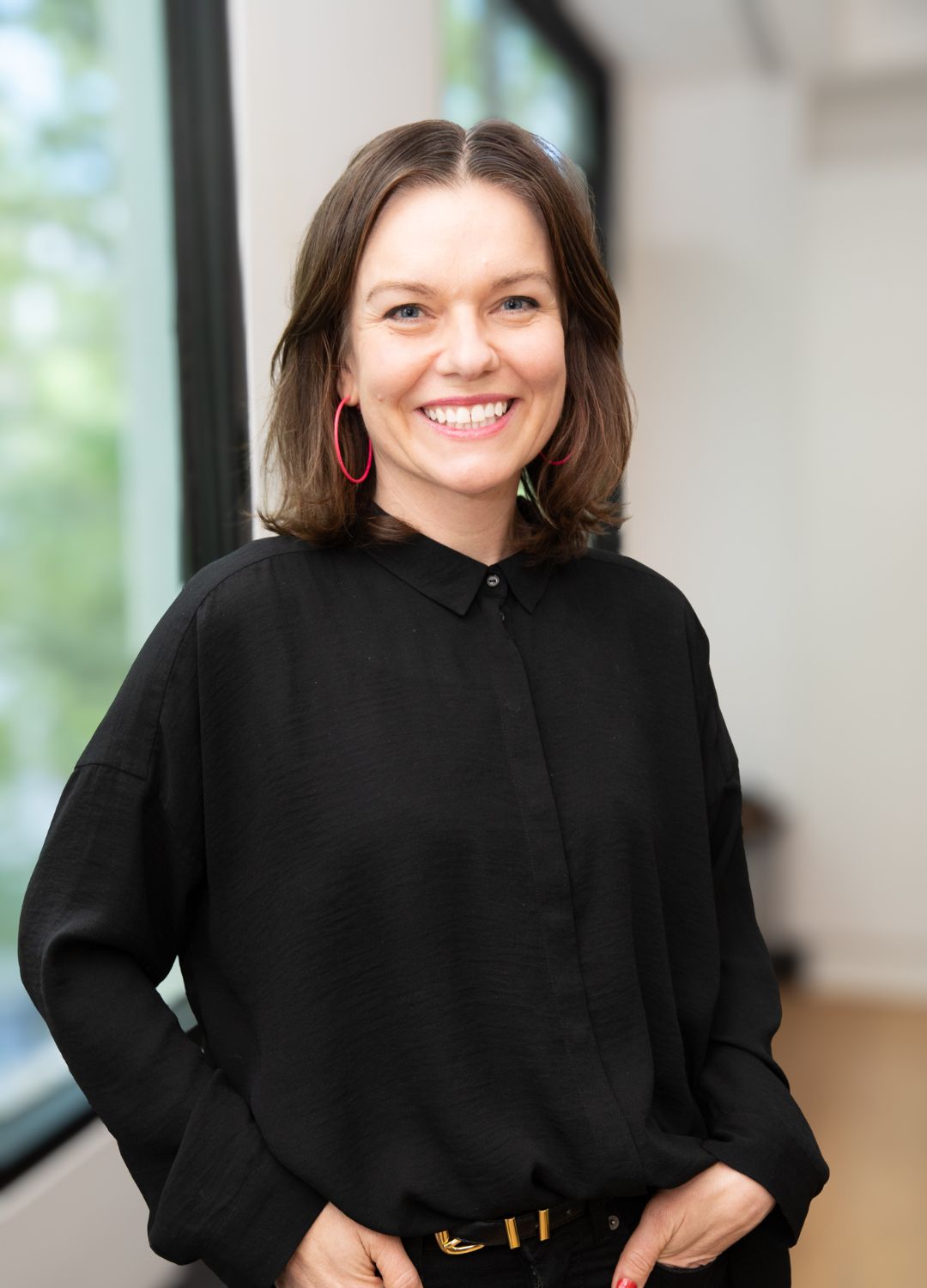
Looking to hire top talent
 or advance your career? Let's talk.
or advance your career? Let's talk.
We connect exceptional firms with talented professionals.
Let’s discuss how we can help you achieve your goals. Get in touch with the team today.
Related Posts

Negotiate for the Compensation You Deserve
Empower yourself with negotiation skills in this practical workshop focused on achieving fair compensation and recognition.
The Bartlett Ball 2025
Celebrate architectural creativity and innovation at The Bartlett Ball 2025, showcasing student work and fostering networking.
We sit down with Keir-Regan Alexander, founder of Arka Works, to explore how AI is transforming architecture.

